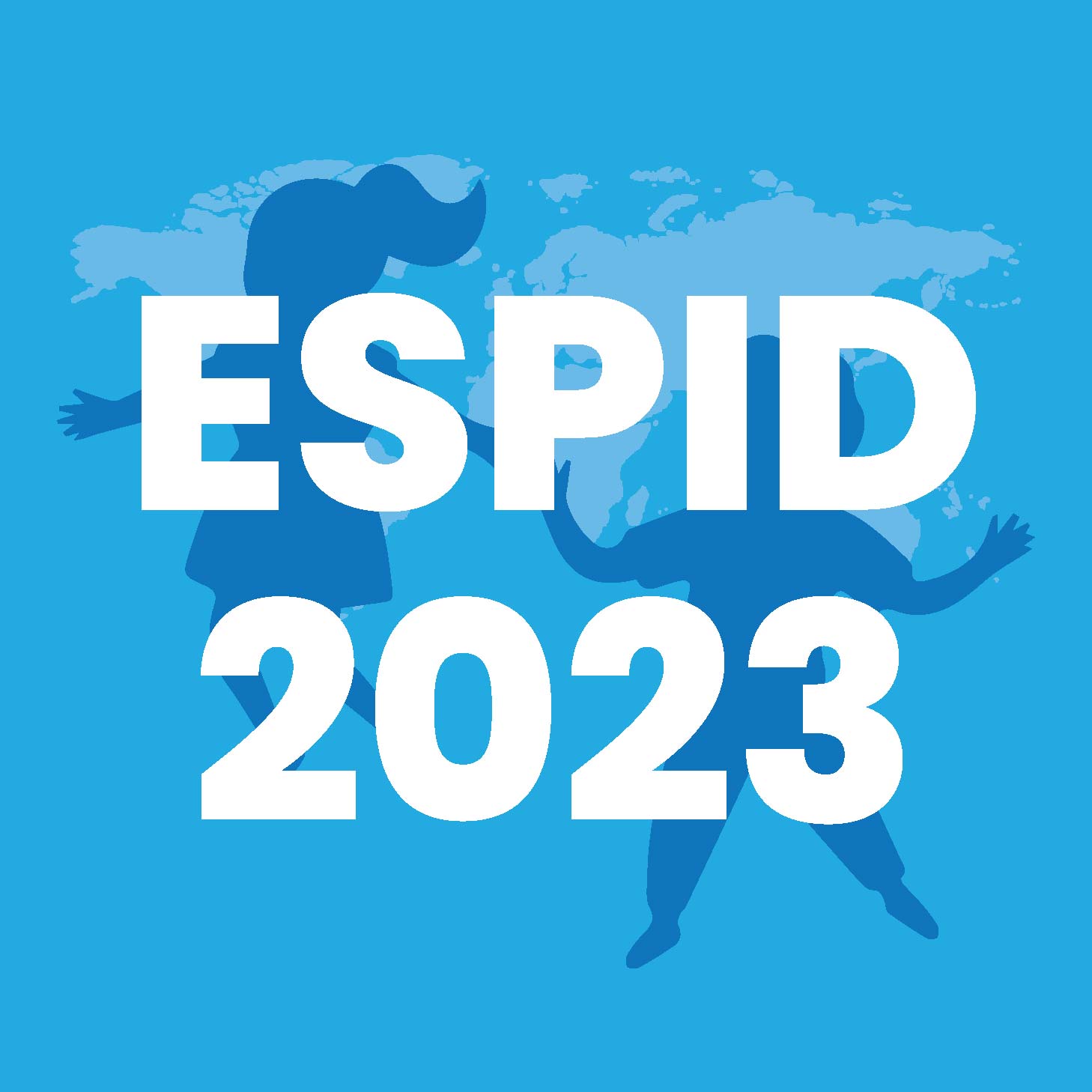ESPID 2023: Evolving Epidemiology of Pneumococcal Disease in Infants and New Opportunities for Pneumococcal Disease Prevention
How Common and Severe is Pneumococcus-RSV Coinfection in Infancy? - Ron Dagan
Pneumococcus-associated clinical syndromes frequently associated with hospitalisation include pneumococcal bactaeremic pneumonia, non-pneumonia IPD (invasive pneumococcal disease), CAAP (community-acquired alveolar pneumonia) and non-CAAP LRI (lower respiratory infection). The viruses most commonly associated with pneumonia are RSV (respiratory syncytial virus), followed by HMPV (human metapneumovirus), influenza virus A/B and HPIV (human parainfluenza virus) type 1-4. A prospective study on respiratory infections in children <18 months of age revealed RSV as the primary pathogen in CAAP and bronchiolitis. Pneumococcal-associated diseases are most attributable to RSV, and the rate of CAAP is highest in children <1-year-old. In Quebec, increased IPD in children <5 years in 2021-22 was attributable to RSV in 77% of cases. Plausible mechanisms of RSV-pneumococcal coinfection are inflamed and damaged lungs due to RSV being more susceptible to Streptococcus pneumoniae (S. pneumoniae), change in innate immunity of host with RSV can increase the adherence and density of colonization of S. pneumoniae, RSV can increase the virulence of S. pneumoniae by binding to penicillin-binding protein 1a. Children co-infected with RSV and S. pneumoniae had an increased severity score compared to either infection alone. The prevalence of pneumococcal carriage in bronchiolitis at any age is 3 to 7 times higher in RSV+ vs healthy controls. Introduction of PCV7 (pneumococcal 7-valent conjugate vaccine) decreased the rate of hospitalisation with RSV, pneumococcal pneumonia and septicemia. Among 3871 children with CAAP, two-thirds were hospitalised, and others discharged. Hospitalised patients had coinfection with a virus, lower O2 saturation, age <12 months, cough and rhinorrhoea, whereas discharged patients had only bacterial infection with lesser severity. In conclusion, RSV is a major factor determining pneumococcus-associated disease patterns in children. Although PCVs reduce hospitalisation of children co-infected with RSV, coinfections are still prevalent due to post-PCV pneumococcal serotype dynamics. Further prevention programs should aim at both pneumococcal serotypes beyond PCV13 and RSV.
Pneumococcal Serotype Epidemiology Observed in the First Year of Life - Nina van Sorge
S. pneumoniae is a gram-positive diplococcus mostly present in children in the nasopharynx and transmitted through respiratory droplets. It is the leading cause of LRTI mortality and morbidity worldwide. Polysaccharide capsule is an important virulence factor and vaccine target. It varies in its chemical composition with >100 distinct serotypes (STs). Up to 20 STs are included in licensed PCVs, and 23 STs in PPV23. Data sources for IPD surveillance since 2006 by all Dutch hospitals have been from CSF (cerebrospinal fluid) or blood from children 0-4 years with IPD, along with PCV7 implementation and installation of mandatory notification of IPD. Molecular typing of serotypes of pneumococci are done through phenotypic assays using co-agglutination and capsular swelling assay. Data from 2006-2019 showed incidences of IPD in infants decreased after the introduction of PCV7 and PCV10 but increased again after 2-3 years. Biggest decline of 65% was observed in 2020 during lockdown but it quickly rebound post that. IPD incidence is higher in Netherlands compared to the average Europe. PCV7 and PCV10 has nearly eliminated some important STs of IPD, however, there is replacement in cases by other STs not covered by these vaccines. The 3 extra STs in PCV13 have expanded to 30% of cases in 2022, which lead to a rise in IPD cases. Top IPD STs in children <1 years are ST 19A (most prevalent, can be covered by PCV13) followed by ST 8. Introduction of PCV13 in Netherlands could cover one-third of cases in this age group. While PCV7 and PCV13 STs causing IPD has substantially declined across Europe, non-vaccine covered STs incidence has increased. In conclusion, IPD incidence overall has declined by 44% in infants <1 year with hardly any cases by PCV7 STs, but this beneficial effect is countered by ST replacement in all countries with a PCV program. Surveillance system needs to be harmonized globally for timely detection of new virulent strains. Introduction of higher valency PCV vaccines will decrease IPD incidence.
Current Pneumococcal Prevention Strategies Available to Address Unmet Needs – Javier Diez-Domingo
Countries with PCV13 had a huge decrease in IPD, but there is a replacement of STs in those countries. There is a need to improve the assessment of pneumococcal disease impact in other diseases like acute otitis media (AOM) and non-invasive pneumonia. A PCR is important in the surveillance system to identify different STs. Current data on pneumonia are less reliable due to under-reporting. Studies with whole population covering maximum hospitals is important as it reflects on clinical practice variability and impacts research and assessment. It is essential to be aware of the healthcare organizations of our system. Knowing whether children in the hospital have been to primary care, emergency or directly to the hospital is important because the use of antibiotics varies among European countries. If antibiotics were given in the primary care, culture will be negative in the hospital. Data of IPD in adults showed IPD cases being double in Denmark compared to Valencia, whereas non-invasive pneumonia cases in adults were triple in Valencia from Denmark. This large incidence variability is due to clinical practice variability, Spain does less blood cultures and more urine tests because most patients getting to hospitals are already on antibiotics. All these need to be taken into account when assessing the impact of pneumonia. New PCVs need to decrease breakthrough cases, increase coverage and have high indirect protection. But even higher-valent PCVs will have a replacement. Strategies being developed to avoid that include development of PCV with virulence factors and viral prophylaxis. New vaccines need to be safe, highly immunogenic, solve public health concerns of pneumonia and decrease IPD, CAP, AOM and antibiotic resistance. In conclusion, highly immunogenic vaccines, improved vaccine surveillance and assessment of impact of viral prophylaxis through real-world data is required.
41st Annual Meeting of the European Society for Paediatric Infectious Diseases (ESPID), 8-12 May, 2023


